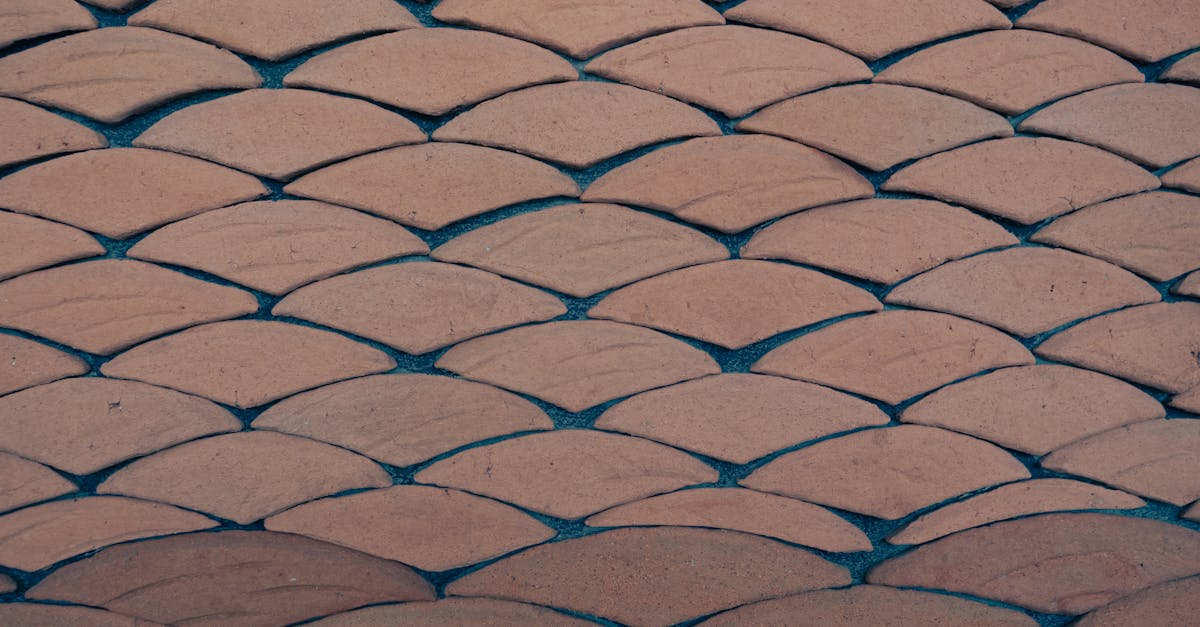To maintain proper drainage, you can install a permeable base underneath the cobblestones to allow water to seep through the surface. This will help prevent water from sitting on top of the pavers and causing erosion or damage. Additionally, regularly clearing any debris or dirt that may be blocking the drainage channels will help water flow smoothly and prevent any potential issues with pooling.
Proper drainage is essential for maintaining the longevity and structural integrity of porphyry cobblestone pavers. Water pooling can lead to erosion, cracks, and overall wear and tear on the surface. By ensuring that water can flow freely, you can mitigate these potential damages and prolong the life of your cobblestone pavement.
To prevent water pooling and damage, periodically inspect the drainage systems around your cobblestone pavers. Clear any blockages such as leaves, dirt, or debris that may impede the flow of water. Additionally, consider installing permeable pavers or a French drain system to facilitate efficient drainage and reduce the risk of water accumulation. Properly managing water flow will not only preserve the aesthetic appeal of your cobblestone pavement but also prevent costly repairs in the future.FAQSHow should I repair broken or chipped cobblestones?Answer: It is important to replace any broken or chipped cobblestones as soon as possible to maintain the integrity and appearance of your porphyry cobblestone pavers.Can heavy traffic damage porphyry cobblestone pavers?
Answer: Yes, heavy traffic can damage porphyry cobblestone pavers. It is advisable to avoid driving or walking heavy machinery over the cobblestones to prevent cracking or shifting.
Why is maintaining proper drainage important for porphyry cobblestone pavers?
Answer: Maintaining proper drainage is crucial for porphyry cobblestone pavers to ensure that water can flow freely and prevent water pooling, which can lead to damage over time.
